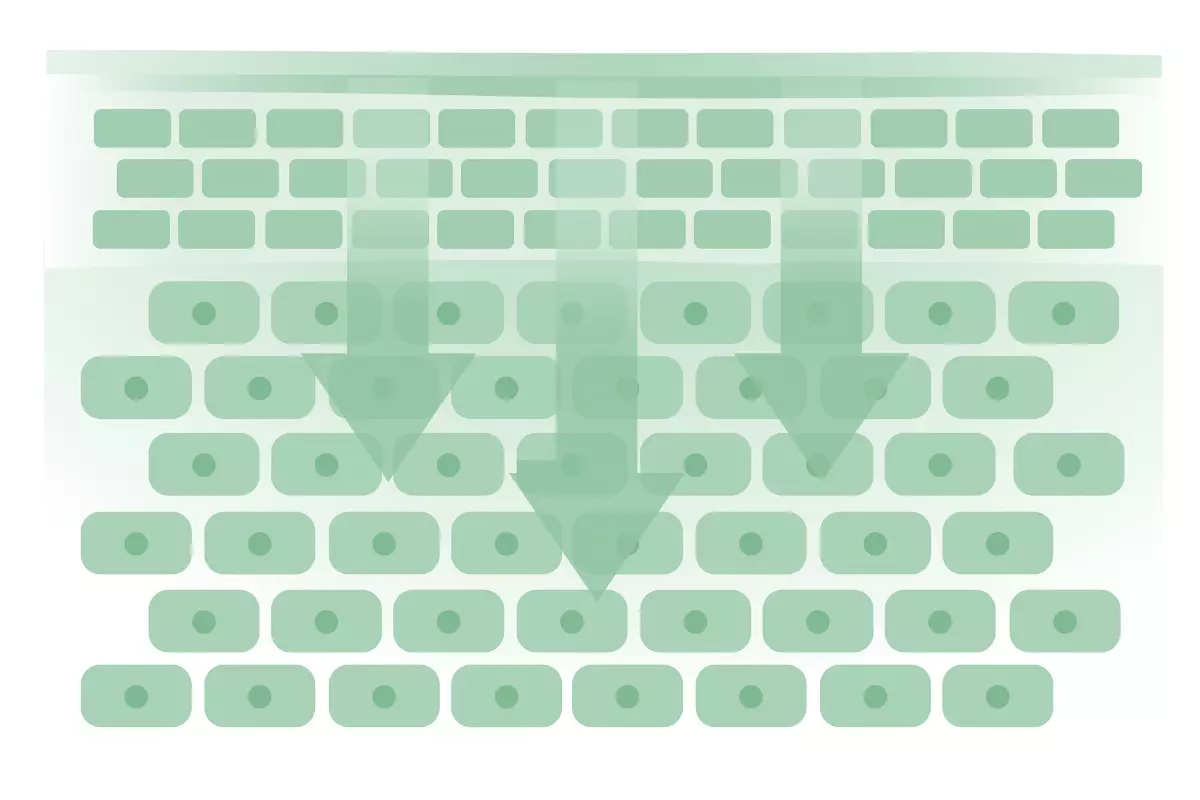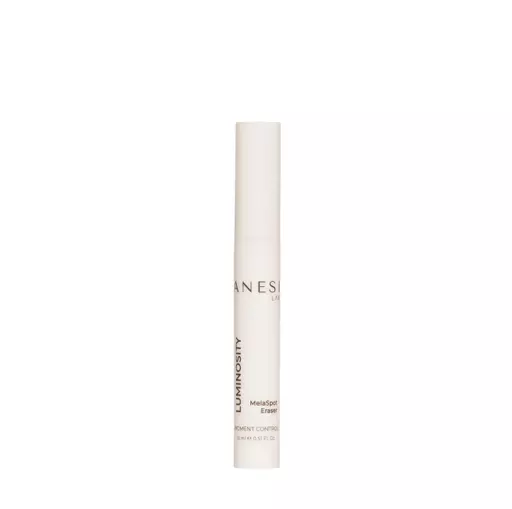Spongilla Spicules are microscopic, needle-like structures that are derived from a genus of freshwater sponges called Spongilla (SPUN-GEE-LAH).
Also known as “bio-microneedling”, spicules are used in skincare for skin peeling and enhancing active ingredient penetration. The sponges are harvested, purified, and polished, resulting in thousands of these tiny spicules that look like a powder to the naked eye.
How Do Spongilla Spicules Work?
Spongilla spicules are gently massaged into the skin, and in just a few minutes, create millions of micro-channels (or micro-pores). These channels reach the stratum corneum and beyond. The number of channels is much greater when using spicules rather than microneedles, resulting in more widespread and even ingredient absorption across the treated area.
Spicule-created micro-channels remain capable of allowing substances deep into the skin for up to 3 days. Whereas channels created by traditional derma rolling only remain open for around 30 minutes.
Unlike traditional microneedling, spicules don’t cause visible trauma or bleeding, reducing the risk of side effects such as infection. This limited visual trauma allows clients to return to regular activities soon after a treatment, usually with little more than slight erythema for a day or two.

How Effective Are They?
Multiple studies have shown fantastic results in the delivery capabilities of spicules. One study showed that the penetration of exosomes was increased by almost 6 times. This study also compared the absorption rates of the exosomes when using a derma roller and massage and discovered that these two methods only increased absorption by 1.2 times with the derma roller and 1.15 with massage.
Not only do these microchannels improve the absorption of ingredients, but they allow larger molecules to effectively absorb as well. This safe and effective method of active ingredient delivery also stimulates a variety of biological functions. The deep exfoliation activates the skin’s self-healing function, resulting in increased collagen production for improvements in skin thickness and wrinkle depth.
Spicules are not only an effective way to rejuvenate the skin and introduce key actives, but many studies are showing they may be an improvement on traditional metal microneedles. Recovery time is brief, discomfort and skin trauma is minimal, and ingredients can absorb more deeply for longer. This natural treatment, combined with the right actives and home care, can have dramatic results on skin concerns from hyperpigmentation to wrinkles.
References
Liang, X., Zhang, J., Ou, H., Chen, J., Samir Mitragotri and Chen, M. (2020). Skin Delivery of siRNA Using Sponge Spicules in Combination with Cationic Flexible Liposomes. 20, pp.639–648. doi:https://doi.org/10.1016/j.omtn.2020.04.003.
Zhang, K., Yu, L., Li, F.-R., Li, X., Wang, Z., Zou, X., Zhang, C., Lv, K., Zhou, B., Mitragotri, S. and Chen, M. (2020). Topical Application of Exosomes Derived from Human Umbilical Cord Mesenchymal Stem Cells in Combination with Sponge Spicules for Treatment of Photoaging. International Journal of Nanomedicine, Volume 15, pp.2859–2872. doi:https://doi.org/10.2147/ijn.s249751.
Tanner, T. and Marks, R. (2008). Delivering drugs by the transdermal route: review and comment. Skin Research and Technology, 14(3), pp.249–260. doi:https://doi.org/10.1111/j.1600-0846.2008.00316.x.








